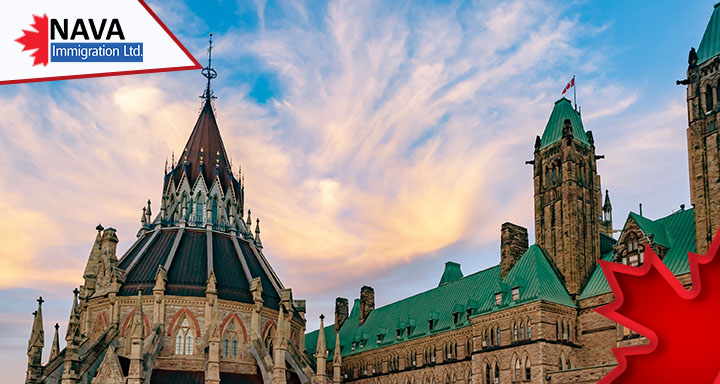Immigration Minister signals big changes to Canadian PR numbers
The Immigration Minister signals big changes to Canadian PR numbers in the upcoming Immigration Levels Plan. Specifically, Miller stated that he was looking at the number of alternatives to address permanent immigration into the country and that any upcoming changes to immigration levels would be ‘significant’ and not simply ‘cosmetic’. When further asked to elaborate on what ‘major’ changes could entail, the Minister responded, ‘ all options are on the table’.
Minister Miller also stated that in the subsequent Immigration Levels Plan, the government will consider whether to reduce the type of immigration it is supporting. This implies that over 60% of the immigration levels are dedicated to economic immigrants, a level the Minister believes is ‘unprecedented’ with comparable nations to Canada.
However, he also noted that it was integral not to ‘overreact’ when considering upcoming immigration levels. He stated that throughout the pandemic, immigration was a critical factor in helping the nation avoid a recession.
The Immigration Levels Plan is a document that the federal immigration department publishes every year, detailing the number of new permanent residents that Canada hopes to welcome. The plan is updated yearly and sets targets for the upcoming year and two years into the future. IRCC uses this plan to guide its operation.
A Year Of Change
Immigration Minister signals big changes to Canadian PR numbers. The Minister’s comments come as public support for immigration in Canada has dropped. Multiple polls in the last year have shown that support for immigration dropped in 2023, with the main influencing factor being increased pressure on housing stock and general affordability.
To address these concerns, IRCC has already taken action to reduce the number of temporary residents in Canada. This includes the historic addition of temporary resident levels in the upcoming Immigration Levels Plan.
In support of this goal, the immigration department has already:
- Implemented a cap on study permits for international students
- Declared their intention to hold more ‘domestic’ permanent residency draws
- Limited the number of low-wage temporary foreign workers in census metropolitan areas with an unemployment rate above 6%
In his recent interview, the Minister also elaborated on measures taken by the immigration department. He stated that certain adjustments need to be made in the International student program. He further said that IRCC is considering some measures that they will announce in the fall.
Recent statements from Prime Minister Justin Trudeau echoed these sentiments. He stated that the government is looking at various streams to ensure that Canada remains a place that is positive in its support for immigration, responsible in the way it integrates, and provides pathways to success for everyone.
Moreover, IRCC froze immigration levels of permanent residents to 2025 targets – maintaining the same levels through to 2026. Immigration levels for 2025 and 2026 are nominal targets, which might be reflect Canada’s immigration needs. They are presently at 500,000 for both years.
The Need For Immigration
Immigration Minister signals big changes to Canadian PR numbers. While immigration has become a leading issue for Canadians for 2024, it also impacts many aspects of Canadian society. For example, close to 100% of labor market growth in Canada is because of immigration. The need for immigrant workers becomes further relevant when considering Canada’s aging population, and the large number of retirement-age workers who will leave the labor force in the coming years.
Furthermore, considering Canada’s socially subsidized healthcare, pension, education, and housing systems, a reduction in population growth could also have negative downstream effects on these systems.
If you seek information on how to begin your Canada immigration application process, you can talk to our NavaImmigration experts at 1800-918-8490. You can also drop us an email at [email protected].





